Baraw Sugbo is a Filipino martial art concentrated solely on unarmed knife defense. Baraw Sugbo is a comprehensive unarmed system designed specifically to knife disarming and surviving a knife wielding attack.
Besides numerous situational knife disarms, Baraw Sugbo includes punches, elbow strikes, stomping, tripping, sweeping, takedowns and rolling. (Nepangue & Macachor 2007, 220-223; Nepangue & Capangpangan 2008; Ceniza 2014.)
The known history of Baraw Sugbo originates from Lorenzo “Ensong” Saavedra, a patriarch of Cebuano eskrima and the founder of Labangon Fencing Club (early 1920s). Labangon Fencing Club was the first “commercial” eskrima club in Cebu and could be considered as a predecessor and influencer for most Cebuano eskrima-styles, for example ‘Doce Pares’ (1932) and ‘Balintawak’ (1952) (Wiley 1997; Nepangue 2016).
Lorenzo “Ensong” Saavedra was particularly known for his ‘Corto Linear’ style eskrima. According to the legends, Saavedra also trained dagger disarming techniques with his co-inmate, an unknown Frenchman, while serving his time in prison. (Nepangue & Macachor 2007, 220-223.)
Lorenzo Saavedra was described as a secretive man who did not teach his skills entirely to all his students. This also applied to his knife defense skills, which he taught only to his selected disciples. One of these selected disciples was Simo, from the Saavedra family, (from Barangay Labangon)(Villamala 2014) who in turn taught the art to Lucresio “Okit” Albaño (d. 1995)(one of pioneers of the Balintawak eskrima (Nepangue 2016)).
Albaño again passed the art to his nephew, Gregorio “Oyong” Toledo Ceniza (1925-2007), from Maguikay, Mandaue City. (Nepangue & Macachor 2007, 220-223; Villamala 2014.)
From the Cebuano eskrima history point of view, it is noteworthy to point out that renowned Balintawak stylists, such as Venancio Abella Bacon, Delfin Lopez and Eduardo Baculi Sr., had close connections with Baraw Sugbo practitioners and that Baculi even trained Gregorio Ceniza in “dos manos” eskrima (Nepangue & Macachor 2007).
Venancio Abella Bacon (the founder of Balintawak Eskrima) in turn was a close friend of “Oyong” Ceniza, and also a practiced the art of the Ceniza family (Nepangue 2016). Despite of these connections, the training and teaching of Baraw Sugbo was not ever widespread in Cebu, but rather kept as a secret skill among the Ceniza family and close friends.
At times, the practice sessions were done in such secrecy, that they covered themselves with a blanket to make sure that the techniques could not be seen or copied. It was not until Gregorio “Oyong” Ceniza, who started to teach those interested in the art more publicly. (Nepangue & Macachor 2007, 220-223.)
Direct prominent students of Gregorio “Oyong” Toledo Ceniza (1925-2007) are Cronnie Oplado Cabatingan (also a direct student of Lucresio Albaño), Eduardo “Boy” Sabal Ceniza (Oyong’s son), Venson T. Villama, Willy Mening Panal and the late Aproniano “Rene” Atuel Capangpangan (1953-2000).
It was in fact Rene Capangpangan (with the influence of historian Dr. Ned R. Nepangue), who suggested to Gregorio Ceniza that the name of Arnes Diablo [1] to be changed to Baraw Sugbo [2] in 1998 (Villamala 2016). The purpose of the name modification was to adjust it better to the profoundly catholic culture of the Philippines and to enable the tradition to be taught to police officers. (Nepangue & Macachor 2007, 220-223.)
Despite this fact “Oyong” Ceniza did not usually use the name of Arnes Diablo or Baraw Sugbo since the training of Baraw Sugbo was mainly done in the family circle, but rather mostly referred to the art simply as “tuon ta ug kutsilyo” [Cebuano] which means training with the knife (derived from verb “pag-tuon” [Cebuano], meaning to study or learn something) (Nepangue 2016).
He also used the concept of “combat judo -techniques”; a term that was widely used for unarmed grappling techniques after the WWII in the Philippines (Ceniza 2014; Kutsilyo Cebu 2009). According to Villamala (2016), the older name, Arnes Diablo, most probably dates its history already to the days of Oyong Simo, but was not commonly used after the 1970’s.
Oyong’s son, master instructor Eduardo “Boy” Ceniza, continued referring to the art as Baraw Sugbo, alongside the older name Arnes Diablo (CET: Baraw Sugbo International, Inc.; CN200931368). Cronnie Cabatingan’s group in turn uses the name “Kutsilyo Cebu” [3], (CET: Philippine Kutsilyo Cebu Federation, Inc.; CN200928532) to highlight the fact of being taught by both late Ceniza and Albaño.
The name “Kutsilyo Cebu” is derived from “Oyong” Ceniza’s straightforward habit of referring to art. Training groups outside the Philippines use both Baraw Sugbo and Arnes Diablo interrelated. Some of Balintawak groups also use the name of Baraw Sugbo of their unarmed techniques, without the direct reference to the art of the Ceniza family.
Some of the Balintawak groups also use the name of Baraw Sugbo of their unarmed techniques, with or without the direct reference to the art of the Ceniza family (for example Atillo system of Balintawak)(Nepangue 2003).
Training of Baraw Sugbo
Baraw Sugbo training is mostly done in one-on-one manner between a teacher and a student. Instead of memorizing separate single disarm techniques as in most martial arts, a Baraw Sugbo trainee will learn to adapt and apply techniques in a flow manner from counter to counter.
The training style is similar to stick based eskrima styles interactive “palakaw“ or “agak” drills, and the training can be done either standing or rolling on the ground. (Ceniza 2014; Villamala 2014.)
One-on-one teaching method also partly limits the numbers of Baraw Sugbo practitioners. In the Philippines, Baraw Sugbo is mostly taught in a one-on-one manner though in recent years outside the Philippines, the teaching methods have adjusted more or less to the group training culture of the target country (Ceniza 2014).
Countries besides the Philippines with established training of Baraw Sugbo are England, Finland, Germany, Portugal, Romania, Spain and South Korea (Backstabbers Finland 2014).
The late Rene Capangpangan was presumably the pioneer of teaching Baraw Sugbo methods in a group setting in the Philippine National Police Regional Training School in Cebu (PNP-RTS-7). (Nepangue & Capangpangan 2008.)
Besides being a situational disarm and survival method, Baraw Sugbo can also be seen as a strongly progressive training continuum, where the student is continually subjected to more rapid, more difficult and more complex knife defense situations.
As the training situations get more complicated, the defensive tactics and techniques are also modified for more efficient results. (Potku.net 2015.) Besides the knife defense, an important part of training Baraw Sugbo is of course to study the use of knife in fighting.
When attacking with a knife, the live or checking hand has an important role in enabling fluid countering of the defender’s disarm attempts. (Nepangue & Macachor 2007, 220-223; Villamala 2014.) According to Nepangue & Macachor (2007, 220-223), Baraw Sugbo can be considered as a clear derivative of eskrima because it shares common principles and strategies of eskrima and can be traced back to eskrima-masters.
The trademarks of Baraw Sugbo can be considered the following:
Tactical trademarks: Immediate attempt to grab a hold of the attacker’s knife hand and disarm, in contrast, to attempt to parry, control or pin down the attacker (Ceniza 2014).
Training trademarks: One-on-one counter-to-counter flow in a knife defense setting. Emphasis on situational control rather than single techniques (Ceniza 2014).
Historical trademarks: Concentrated purely in unarmed knife defense and not developed as a multi-style. Taught by Eduardo Ceniza and Cronnie Cabatingan in the same form as the late Gregorio Ceniza in his days. (Ceniza 2014.)
During the days of “Oyong” Ceniza and “Okit” Albaño, training was done in a closed circle and in an informal setting without fixed relations to other eskrima groups. Thus Baraw Sugbo was not influenced by the general eskrima formalization, where external customs were adopted to the training of many publicly taught eskrima styles. (Nepangue & Macachor 2007, 220-223; Wiley 1997.)
Therefore, unlike many other styles, the trainees of Baraw Sugbo do not use any training uniforms or have a belting system. Neither is there so-called dojo-etiquette, familiar from for example Japanese arts.
Even today, neither Eduardo Ceniza nor Cronnie Cabatingan include any calisthenics or exercises, that are not directly related to the training of Baraw Sugbo style knife defense. (Ceniza 2014.)
Perhaps the only exception to the informal nature of the training of Baraw Sugbo, is that both Eduardo Ceniza and Cronnie Cabatingan have started to grant certifications based on the progression of the trainee. This is mainly due to the requests of Westerner practitioners who have accustomed to this kind of habit (Ceniza 2014).


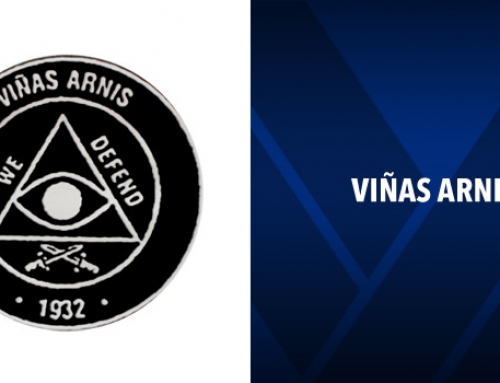
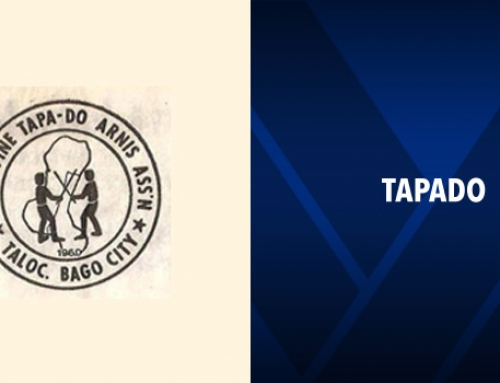
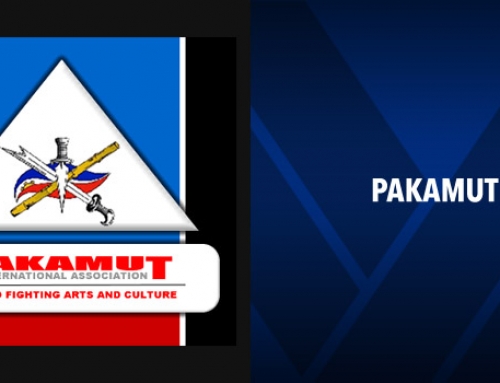


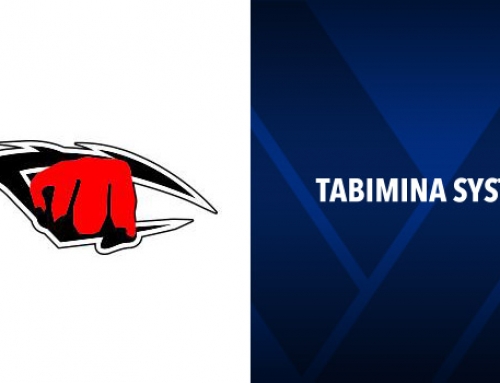
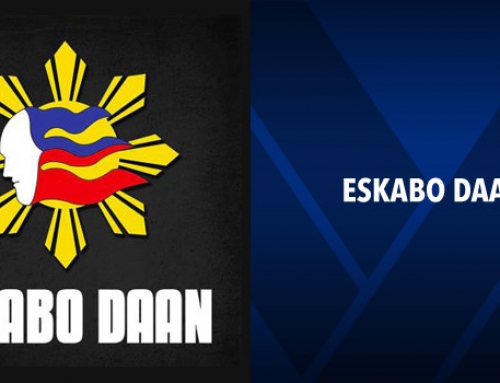
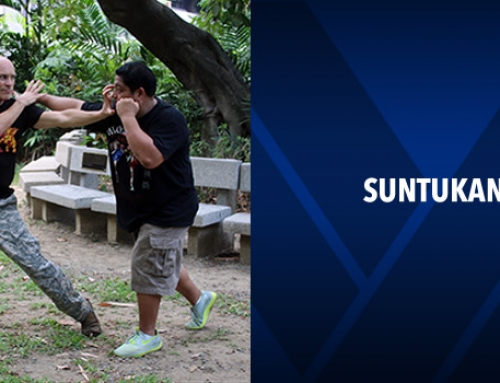
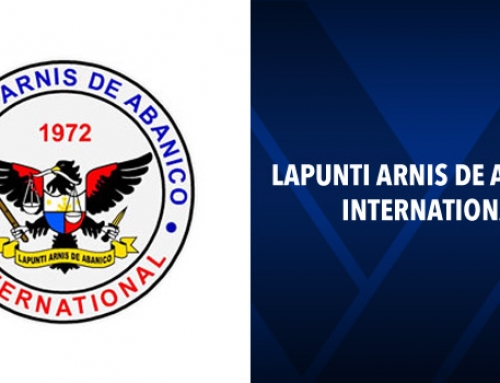
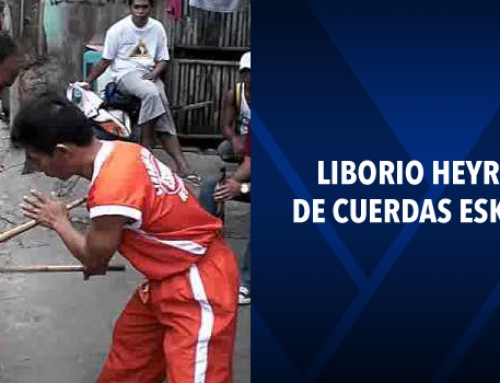
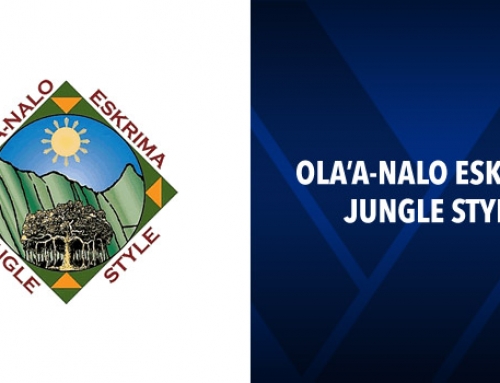
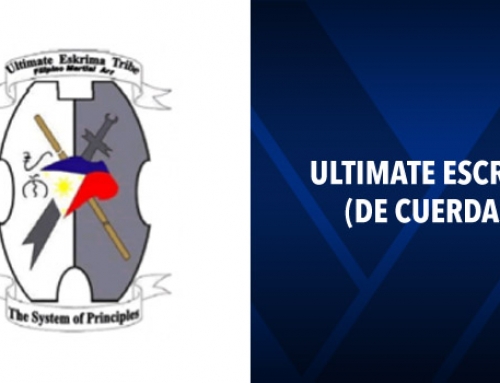
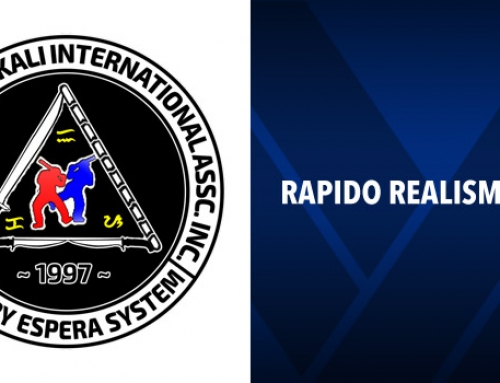
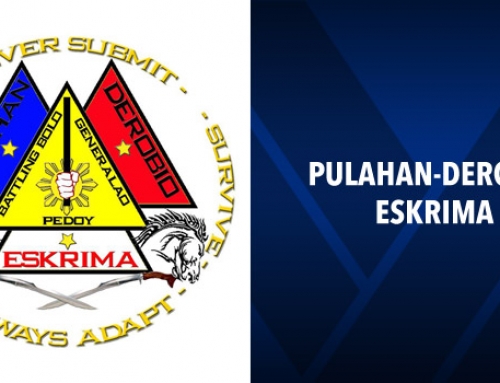
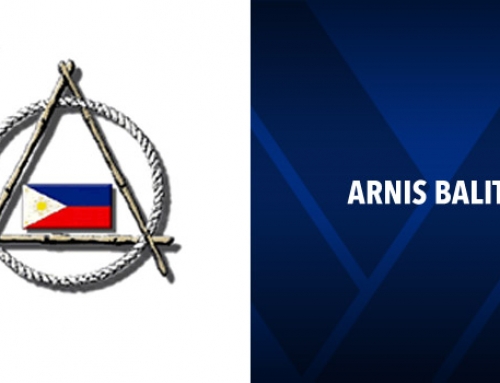
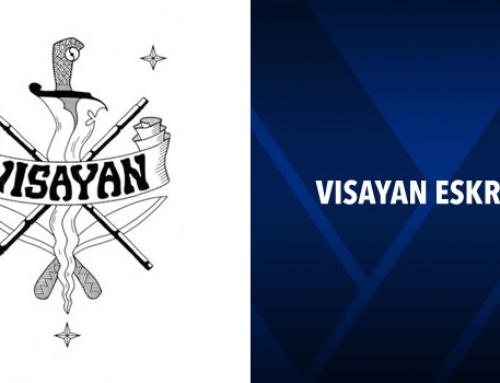
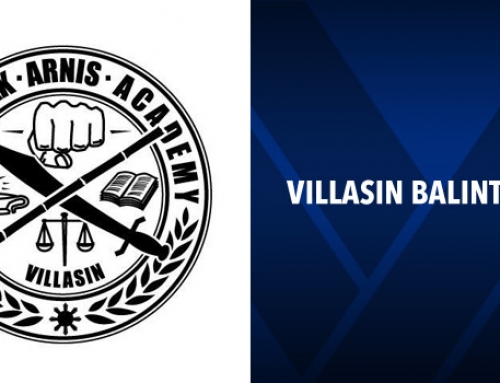

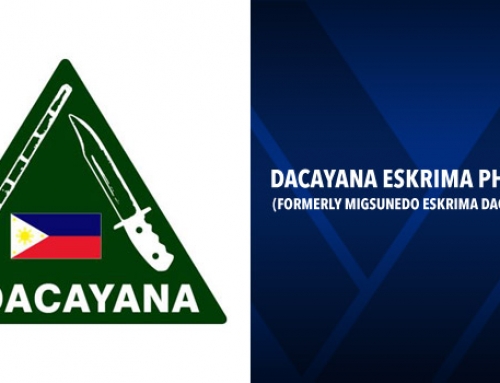
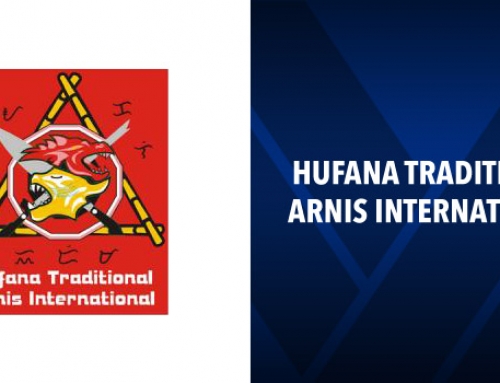
Leave A Comment
You must be logged in to post a comment.